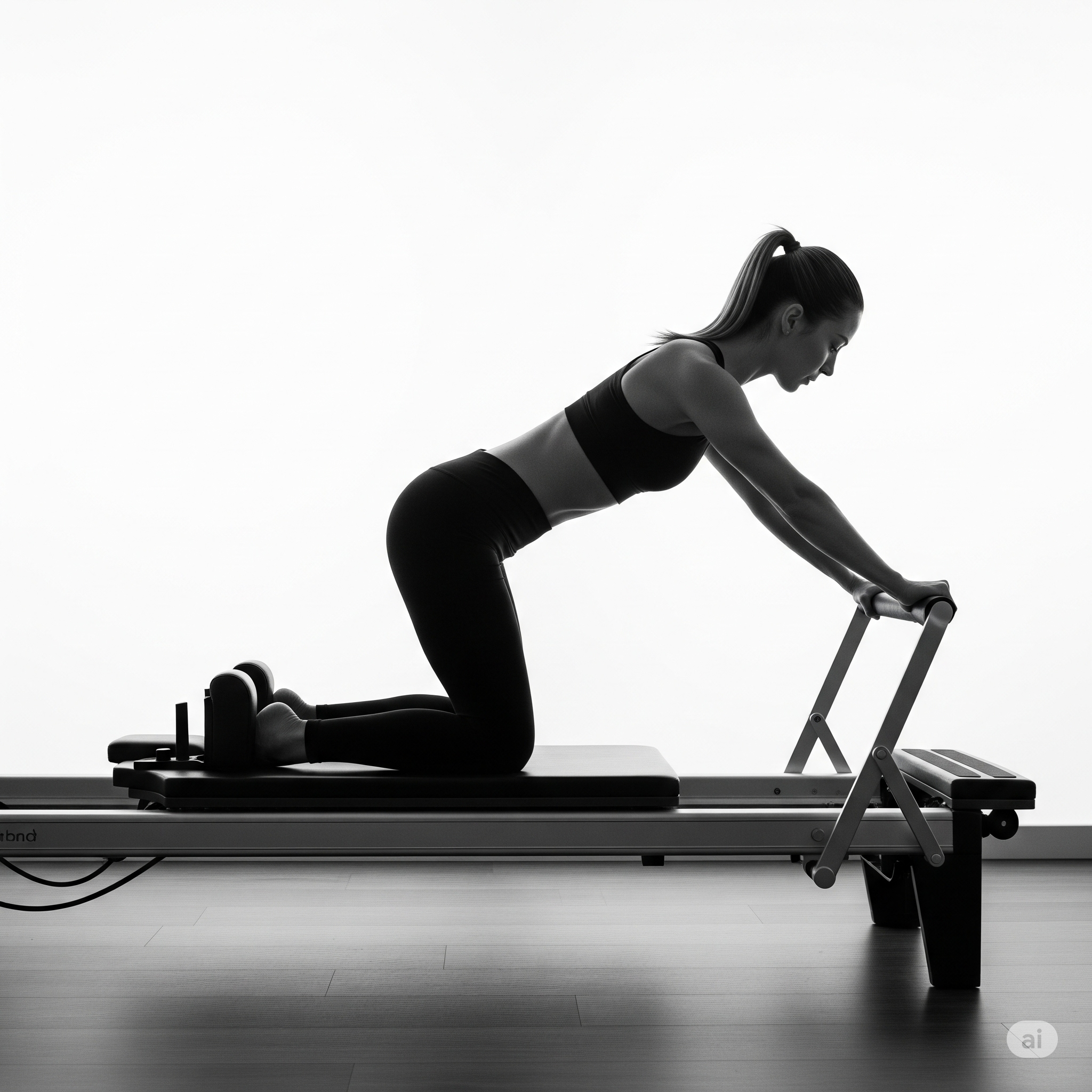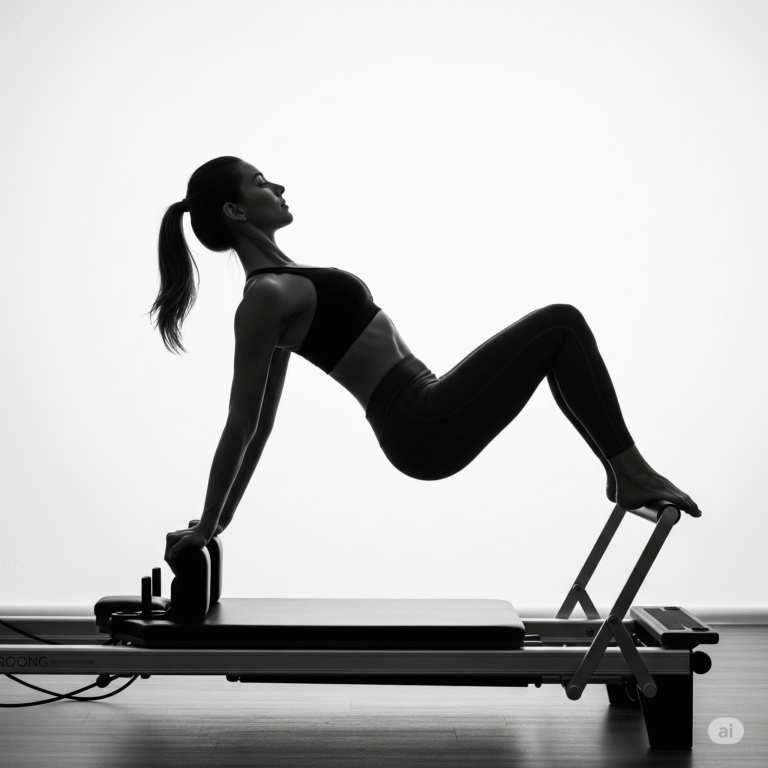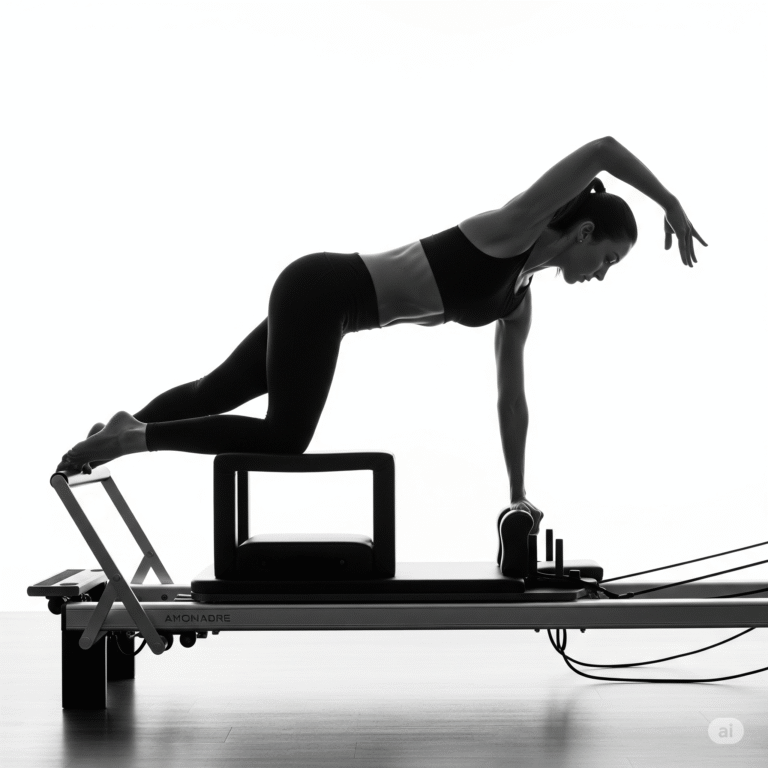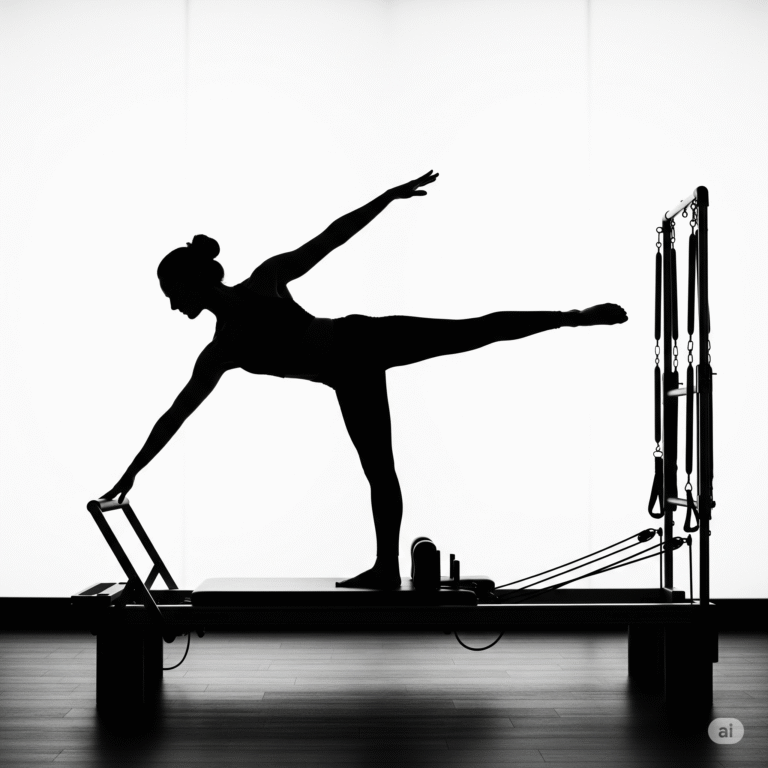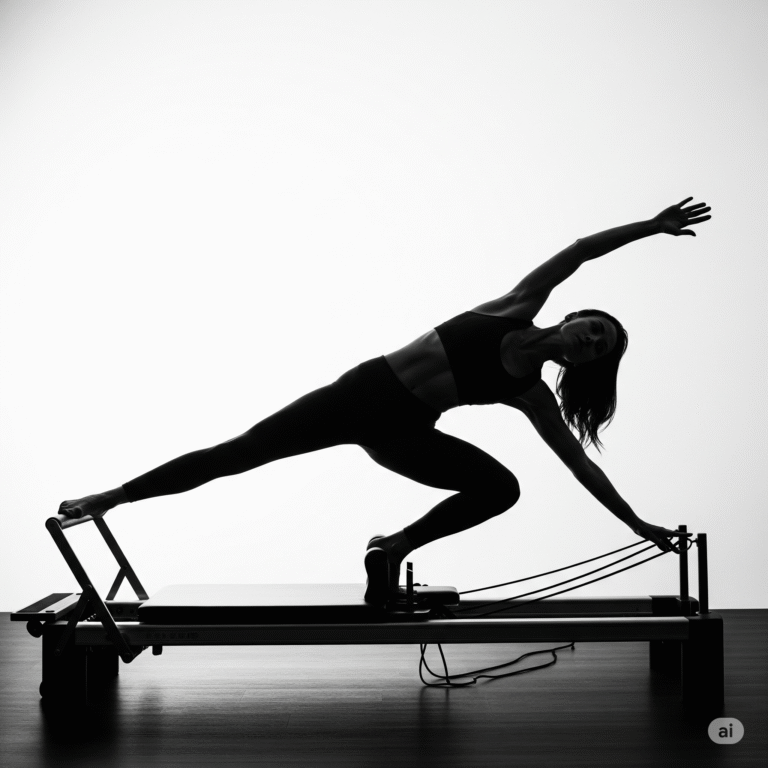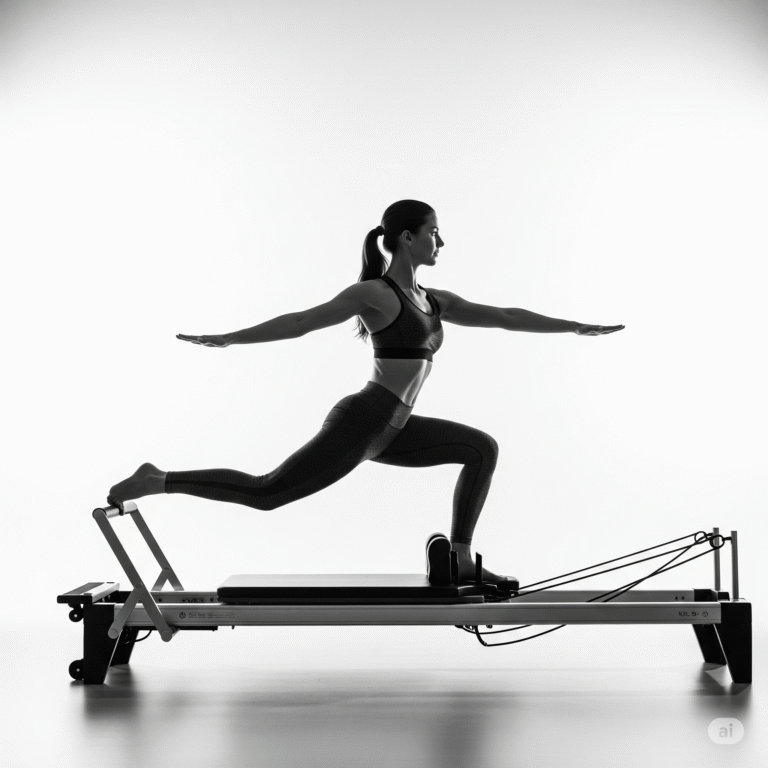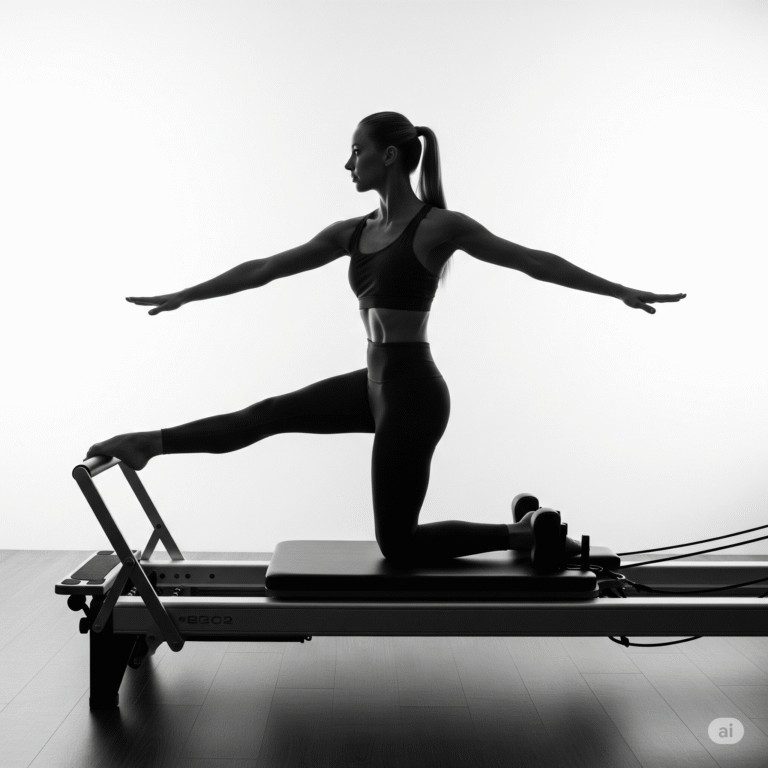Core Activation: The Foundation of Pilates Reformer Training
Core Activation: The Foundation of Pilates Reformer Training
The concept of “core” has become ubiquitous in fitness, yet it remains one of the most misunderstood aspects of human movement. The Pilates Reformer, with its unique design and methodology, offers an unparalleled approach to core activation that goes far beyond traditional abdominal exercises, focusing on the deep stabilizing muscles that form the foundation of all movement.
Understanding the True Core
When most people think of core training, they envision sit-ups and crunches targeting the rectus abdominis—the “six-pack” muscle. However, the true core is a complex three-dimensional system that includes the diaphragm at the top, the pelvic floor at the bottom, the transverse abdominis wrapping around the trunk, and the multifidus supporting the spine from behind.
This “inner unit” works as an integrated system to provide stability, support breathing, and create the foundation for all movement. The Reformer’s unstable surface and spring resistance create an ideal environment for activating and strengthening this entire system, not just the superficial abdominal muscles.
The Reformer’s Unique Approach
Traditional core exercises often involve lying on a stable surface and performing repetitive movements. The Reformer revolutionizes core training by introducing instability through its moving carriage system. This instability forces the deep core muscles to engage reflexively to maintain stability and control throughout each exercise.
Every Reformer exercise becomes a core exercise because the moving carriage and spring resistance demand constant stabilization. Whether you’re performing footwork, arm exercises, or spinal movements, your core must work continuously to maintain proper alignment and control the movement of the carriage.
Deep Muscle Activation
The spring resistance system of the Reformer provides what’s known as “accommodating resistance”—the tension changes throughout the range of motion, requiring the core muscles to adapt and respond dynamically. This variable resistance pattern more closely mimics the demands of daily activities and athletic movements than static holds or linear resistance.
The unstable surface of the moving carriage challenges the proprioceptive system, enhancing the communication between the nervous system and the deep stabilizing muscles. This neurological training is crucial for developing functional core strength that transfers to real-world activities.
Breath Integration
One of the most sophisticated aspects of Reformer training is its integration of breath with movement. The diaphragm, being part of the core system, must coordinate with the other stabilizing muscles to maintain intra-abdominal pressure while allowing for efficient breathing patterns.
Reformer exercises teach this coordination through specific breathing patterns that enhance core activation. The exhale-to-effort principle used in many Reformer exercises helps engage the deep abdominal muscles while maintaining the co-contraction of the entire core system.
Three-Dimensional Stability
Unlike traditional exercises that often work in single planes of motion, the Reformer challenges core stability in all three dimensions. The springs can pull from various angles, requiring the core to respond to multi-directional forces while maintaining spinal alignment.
This three-dimensional approach to core training develops what’s called “global stability”—the ability to maintain core control while the limbs move in complex patterns. This type of stability is essential for athletic performance and injury prevention in daily activities.
Progressive Core Development
The Reformer’s adjustable spring system allows for precise progression in core training. Beginners can start with lighter spring tensions that provide support and assistance, gradually progressing to heavier resistances and more challenging positions as their core strength improves.
This progressive approach ensures that the core muscles are challenged appropriately without being overwhelmed, allowing for steady improvement in both strength and endurance. The ability to fine-tune the resistance makes the Reformer suitable for everyone from rehabilitation patients to elite athletes.
Balance and Coordination
Core strength alone is not enough—the core must also coordinate with the rest of the body to provide effective stability. The Reformer’s emphasis on controlled, precise movements trains the core to work in harmony with the larger movement systems.
This coordination training improves proprioception and balance, reducing the risk of falls and injuries. The enhanced body awareness developed through Reformer training helps individuals recognize and correct movement faults before they become problematic patterns.
Functional Transfer
The core strength developed through Reformer training doesn’t exist in isolation—it’s immediately functional and transferable to daily activities. The movement patterns practiced on the Reformer mirror activities like lifting, reaching, and rotating, ensuring that the core strength gained translates directly to improved performance in these tasks.
This functional approach to core training is particularly valuable for older adults, athletes, and anyone dealing with back pain or stability issues. The strengthened core provides a stable foundation that allows the extremities to move efficiently and safely.
Preventing Back Pain
A weak or poorly functioning core is one of the primary contributors to lower back pain. The Reformer’s approach to core activation addresses this issue by strengthening the deep stabilizing muscles that support the spine and pelvis.
The controlled movements and progressive loading of the Reformer provide a safe and effective way to strengthen the core without aggravating existing back problems. Many individuals find that consistent Reformer practice significantly reduces their back pain and improves their overall spinal health.
Enhanced Athletic Performance
For athletes, a strong and responsive core is essential for power transfer, injury prevention, and performance optimization. The Reformer’s focus on core activation creates a stable platform from which the limbs can generate and transfer force effectively.
The improved stability and control developed through Reformer training enhances performance in virtually every sport and physical activity, making it an invaluable tool for cross-training and performance enhancement.
코어 활성화: 필라테스 리포머 훈련의 기초
“코어”라는 개념은 피트니스에서 어디에나 존재하게 되었지만, 여전히 인간 움직임의 가장 오해받는 측면 중 하나로 남아있습니다. 필라테스 리포머는 독특한 디자인과 방법론을 통해 전통적인 복부 운동을 훨씬 넘어서는 코어 활성화에 대한 비할 데 없는 접근법을 제공하며, 모든 움직임의 기초를 형성하는 깊은 안정화 근육들에 초점을 맞춥니다.
진정한 코어의 이해
대부분의 사람들이 코어 훈련을 생각할 때, “식스팩” 근육인 복직근을 목표로 하는 윗몸일으키기와 크런치를 상상합니다. 그러나 진정한 코어는 상단의 횡격막, 하단의 골반저, 몸통 주위를 감싸는 횡복근, 그리고 뒤에서 척추를 지지하는 다열근을 포함하는 복잡한 3차원 시스템입니다.
이 “내부 단위”는 안정성을 제공하고, 호흡을 지원하며, 모든 움직임의 기초를 만들기 위해 통합된 시스템으로 작동합니다. 리포머의 불안정한 표면과 스프링 저항은 표면적인 복부 근육이 아닌 이 전체 시스템을 활성화하고 강화하기 위한 이상적인 환경을 만들어냅니다.
리포머의 독특한 접근법
전통적인 코어 운동은 종종 안정한 표면에 누워서 반복적인 움직임을 수행하는 것을 포함합니다. 리포머는 움직이는 캐리지 시스템을 통해 불안정성을 도입하여 코어 훈련을 혁신합니다. 이러한 불안정성은 각 운동 전반에 걸쳐 안정성과 제어를 유지하기 위해 깊은 코어 근육들이 반사적으로 참여하도록 강요합니다.
움직이는 캐리지와 스프링 저항이 지속적인 안정화를 요구하기 때문에 모든 리포머 운동이 코어 운동이 됩니다. 발 운동, 팔 운동, 또는 척추 움직임을 수행하든, 코어는 적절한 정렬을 유지하고 캐리지의 움직임을 제어하기 위해 지속적으로 작동해야 합니다.
깊은 근육 활성화
리포머의 스프링 저항 시스템은 “적응 저항”으로 알려진 것을 제공합니다—장력이 운동 범위 전반에 걸쳐 변화하여, 코어 근육들이 동적으로 적응하고 반응하도록 요구합니다. 이러한 가변 저항 패턴은 정적 유지나 선형 저항보다 일상 활동과 운동 움직임의 요구를 더 가깝게 모방합니다.
움직이는 캐리지의 불안정한 표면은 고유수용감각 시스템에 도전하여, 신경계와 깊은 안정화 근육들 사이의 소통을 향상시킵니다. 이러한 신경학적 훈련은 실제 세계 활동으로 이전되는 기능적 코어 근력을 개발하는 데 중요합니다.
호흡 통합
리포머 훈련의 가장 정교한 측면 중 하나는 호흡과 움직임의 통합입니다. 코어 시스템의 일부인 횡격막은 효율적인 호흡 패턴을 허용하면서 복강내 압력을 유지하기 위해 다른 안정화 근육들과 조화를 이루어야 합니다.
리포머 운동은 코어 활성화를 향상시키는 특정 호흡 패턴을 통해 이러한 조화를 가르칩니다. 많은 리포머 운동에서 사용되는 날숨-노력 원리는 전체 코어 시스템의 공동 수축을 유지하면서 깊은 복부 근육들의 참여를 돕습니다.
3차원 안정성
종종 단일 움직임 평면에서 작동하는 전통적인 운동과 달리, 리포머는 모든 세 차원에서 코어 안정성에 도전합니다. 스프링은 다양한 각도에서 당길 수 있어, 척추 정렬을 유지하면서 다방향 힘에 반응하도록 코어를 요구합니다.
이러한 3차원적 코어 훈련 접근법은 “글로벌 안정성”이라고 불리는 것을 개발합니다—사지가 복잡한 패턴으로 움직이는 동안 코어 제어를 유지하는 능력입니다. 이러한 유형의 안정성은 운동 성능과 일상 활동에서의 부상 예방에 필수적입니다.
점진적 코어 발달
리포머의 조절 가능한 스프링 시스템은 코어 훈련에서 정밀한 진보를 허용합니다. 초보자는 지지와 보조를 제공하는 더 가벼운 스프링 장력으로 시작하여, 코어 근력이 향상됨에 따라 점진적으로 더 무거운 저항과 더 도전적인 위치로 진행할 수 있습니다.
이러한 점진적 접근법은 코어 근육들이 압도되지 않으면서 적절히 도전받도록 보장하여, 근력과 지구력 모두에서 꾸준한 향상을 허용합니다. 저항을 미세 조정할 수 있는 능력은 재활 환자부터 엘리트 운동선수까지 모든 사람에게 리포머를 적합하게 만듭니다.
균형과 조화
코어 근력만으로는 충분하지 않습니다—코어는 효과적인 안정성을 제공하기 위해 신체의 나머지 부분과도 조화를 이루어야 합니다. 제어되고 정확한 움직임에 대한 리포머의 강조는 코어가 더 큰 움직임 시스템들과 조화롭게 작동하도록 훈련시킵니다.
이러한 조화 훈련은 고유수용감각과 균형을 향상시켜, 낙상과 부상의 위험을 줄입니다. 리포머 훈련을 통해 개발된 향상된 신체 인식은 개인들이 문제가 되는 패턴이 되기 전에 움직임 결함을 인식하고 교정하는 데 도움이 됩니다.
기능적 전이
리포머 훈련을 통해 개발된 코어 근력은 고립되어 존재하지 않습니다—그것은 즉시 기능적이고 일상 활동으로 전이 가능합니다. 리포머에서 연습하는 움직임 패턴은 들기, 뻗기, 회전하기와 같은 활동을 반영하여, 얻은 코어 근력이 이러한 과제에서 향상된 성능으로 직접 이어지도록 보장합니다.
이러한 코어 훈련에 대한 기능적 접근법은 특히 노인, 운동선수, 그리고 요통이나 안정성 문제를 다루는 모든 사람에게 가치가 있습니다. 강화된 코어는 사지가 효율적이고 안전하게 움직일 수 있도록 하는 안정된 기초를 제공합니다.
요통 예방
약하거나 제대로 기능하지 않는 코어는 요통의 주요 원인 중 하나입니다. 코어 활성화에 대한 리포머의 접근법은 척추와 골반을 지지하는 깊은 안정화 근육들을 강화함으로써 이 문제를 다룹니다.
리포머의 제어된 움직임과 점진적 부하는 기존 요통 문제를 악화시키지 않으면서 코어를 강화하는 안전하고 효과적인 방법을 제공합니다. 많은 개인들이 일관된 리포머 연습이 요통을 상당히 줄이고 전반적인 척추 건강을 향상시킨다는 것을 발견합니다.
향상된 운동 성능
운동선수들에게 강하고 반응적인 코어는 파워 전달, 부상 예방, 그리고 성능 최적화에 필수적입니다. 코어 활성화에 대한 리포머의 초점은 사지가 효과적으로 힘을 생성하고 전달할 수 있는 안정된 플랫폼을 만들어냅니다.
리포머 훈련을 통해 개발된 향상된 안정성과 제어는 거의 모든 스포츠와 신체 활동에서 성능을 향상시켜, 크로스 트레이닝과 성능 향상을 위한 귀중한 도구가 됩니다.

